In today's fast-paced packaging industry, efficiency and precision are paramount, leading to the rise of advanced filling machines that are transforming traditional practices. These machines come equipped with cutting-edge technology that not only enhances the speed of filling but also ensures consistent product quality, minimizing waste and maximizing output. As manufacturers strive to meet the ever-growing demands of the market, understanding how to effectively integrate these filling machines into existing production lines becomes essential. This article delves into the various types of advanced filling machines, their innovative features, and the significant impact they have on improving production efficiency. By exploring the operational principles, benefits, and best practices related to filling machines, businesses can better position themselves to thrive in a competitive landscape while meeting consumer expectations for quality and reliability.
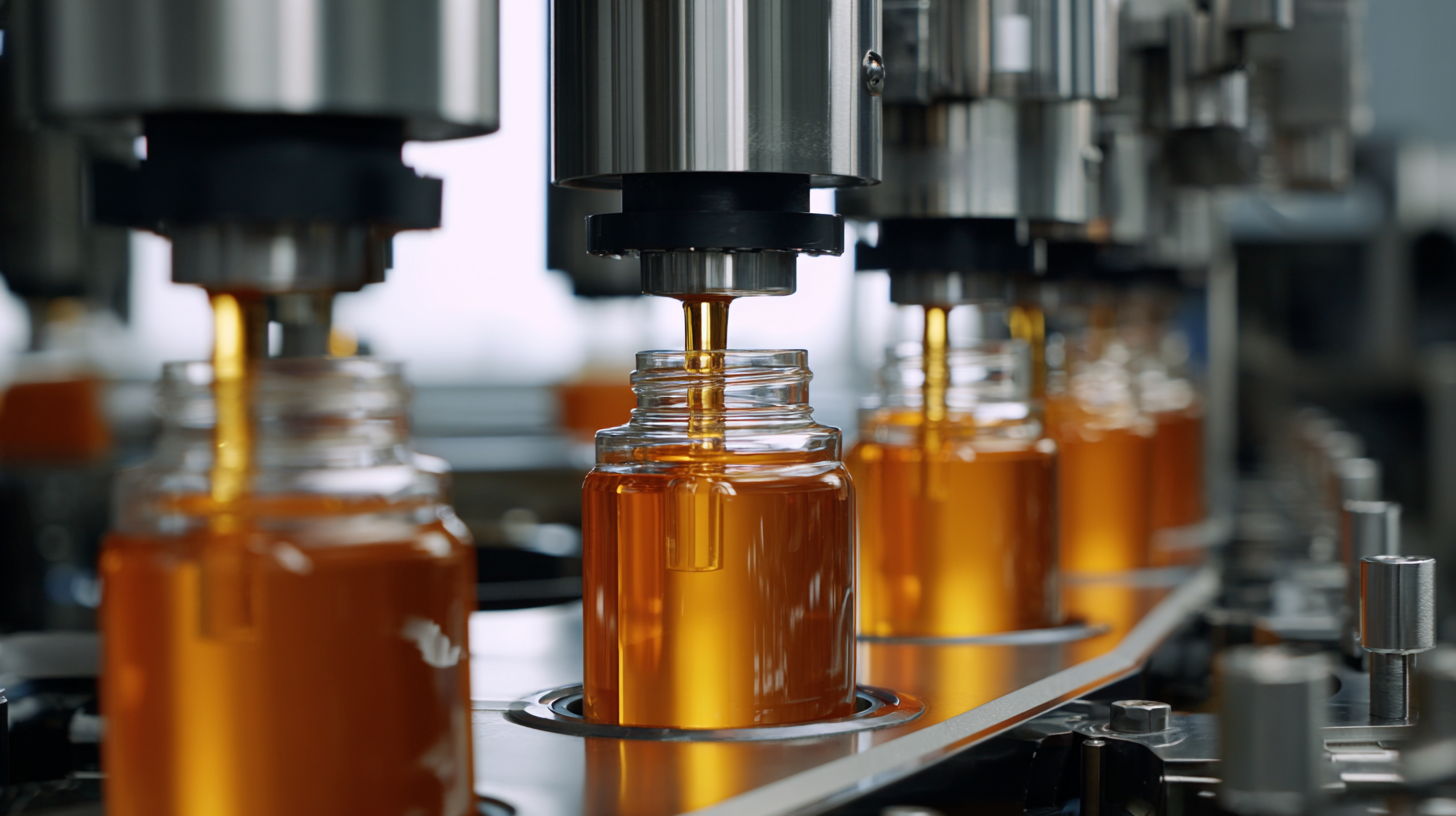
The evolution of filling machine technology has significantly transformed the packaging industry, enhancing efficiency and precision in the production line. The journey began with basic volumetric filling systems, which ensured a consistent quantity of product in each package. As the demand for speed and accuracy grew, manufacturers began to introduce more advanced technologies such as electronic and servo-driven systems. These innovations allow for real-time monitoring and adjustments, resulting in less waste and higher overall productivity.
In recent years, the introduction of smart technologies has further propelled the development of filling machines. Integration with artificial intelligence and IoT capabilities enables these machines to learn from operational data, optimizing their performance and reducing downtime. Automated systems can now adapt to various bottle shapes and sizes without extensive manual recalibration, making them ideal for diverse product lines. This evolution has not only improved the efficiency and reliability of filling operations but has also set new standards for quality and sustainability within the packaging sector.
This chart illustrates the evolution in the efficiency and speed of advanced filling machines over the years, highlighting their impact on the packaging industry.
Advanced filling machines are at the forefront of a transformation in the packaging industry, primarily due to their precision and efficiency. According to a recent report by MarketsandMarkets, the global filling machine market is expected to reach $6.77 billion by 2025, driven by the increasing demand for automation in manufacturing processes. These machines utilize cutting-edge technology to ensure that every package is filled to the exact specifications, minimizing waste and product loss.
One of the standout features of advanced filling machines is their ability to adjust filling parameters quickly. For instance, machines equipped with servo-driven systems can shift between different fill volumes and rates in a matter of seconds. This capability not only enhances productivity but also supports manufacturers in meeting the growing consumer demand for diverse product sizes and options. Additionally, a study from Grand View Research highlighted that companies employing automated filling solutions experienced up to a 25% increase in operational efficiency, further validating the investment in these advanced technologies.
| Feature | Description | Benefits |
|---|---|---|
| High Precision | Utilizes advanced sensors and technology to measure fill levels accurately. | Minimizes product waste and ensures consistent quality of packaged goods. |
| Speed and Efficiency | Can operate at much higher speeds than traditional filling machines. | Increases production throughput and meets high demand scenarios. |
| Versatility | Capable of filling a variety of liquids, pastes, or granules in different container types. | Allows for easy adaptation to changing product lines or market requirements. |
| Automation | Integrated with automated systems for seamless operation. | Reduces labor costs and human error, while increasing safety. |
| User-Friendly Interface | Equipped with intuitive controls and monitoring systems. | Enhances operator efficiency and training time. |
Advancements in automation are dramatically reshaping the packaging industry, enhancing efficiency and productivity throughout the process. As the global food processing and handling equipment market is expected to grow from $123.75 billion in 2025 to $189.51 billion by 2032, the integration of AI in packaging is becoming increasingly vital. AI technologies streamline packaging compliance and improve operational efficiency by automating routine tasks, ensuring higher accuracy, and minimizing human error.
Tips: When considering automation in your packaging process, focus on the ease of integration with existing systems. Evaluate different automation solutions and their scalability to meet future demands. Training staff to work alongside AI-driven machinery can significantly boost overall productivity.
The role of robotics in packaging is also evolving, with AI-driven robots increasing flexibility and adaptability in production lines. These smart automation solutions help manufacturers manage SKU complexity, allowing for quicker changes in packaging types without interrupting workflow. As companies invest in advanced bagging and packaging machines, the emphasis on IoT connectivity and precision technology is paving the way for a more efficient and adaptive packaging environment.
Tips: Assess your packaging requirements carefully to select automation solutions that truly match your operational needs. Creating a feedback loop where human operators can provide insights on automation performance can enhance system efficiency and prevent potential glitches.
The packaging industry is experiencing a significant transformation, particularly through the introduction of advanced filling machines that prioritize sustainability. These machines are designed with eco-friendly materials and energy-efficient technologies, reducing carbon footprints during the production process. For instance, many filling machines now utilize drive systems that consume less energy while increasing efficiency, highlighting a commitment to sustainable practices in manufacturing.
Moreover, the current trends include the integration of automation and smart technology that not only streamline operations but also minimize waste. Advanced filling machines can adjust their operations in real-time based on the specific requirements of different products and packaging types. This adaptability reduces overfilling and allows for the use of lighter, recyclable packaging materials. As a result, companies can lower their environmental impact while maintaining product integrity and consumer satisfaction, showcasing a promising direction for an industry increasingly focused on sustainability.

As the packaging industry continues to evolve, the advancements in filling machines are paving the way for unprecedented innovations. Future innovations will likely focus on automation and smart technologies. Increasingly sophisticated sensors and machine learning algorithms can optimize filling processes, allowing for greater accuracy and reducing waste. This shift toward smart filling machines not only enhances production efficiency but also responds to the growing demand for precision in packaging, particularly in industries like pharmaceuticals and food and beverage.

Sustainability is also poised to become a key driver of innovation in filling machine technology. Eco-friendly materials and energy-efficient machinery will take center stage as companies prioritize environmental responsibility. Innovations may include machines designed to handle biodegradable packaging and systems that minimize carbon footprints during production. As regulatory pressures increase and consumer awareness grows, filling machines will need to adapt quickly, ensuring that packaging solutions meet both safety standards and sustainability goals. The future of filling machines is not just about better efficiency but also about aligning with broader industry trends toward enhanced productivity and environmental consciousness.

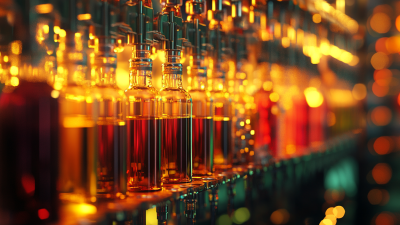
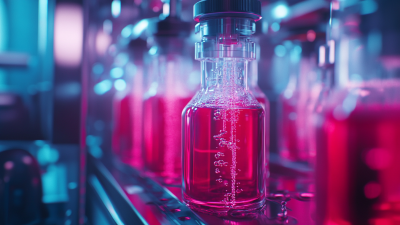
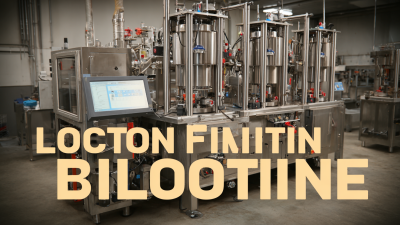

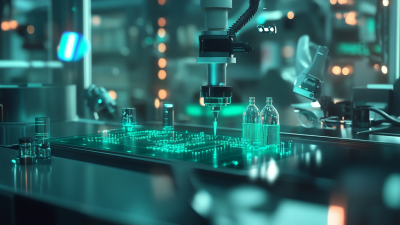
Headquarters
2980 Scott St, Vista, CA 92081
Phone: (760) 734-4177
Fax: (760) 734-4188
Open: 8:00 am – 4:30 pm
Texas
8051 Jetstar Dr #175 Irving, TX 75063
Phone: (972) 915-6888
Fax: (972) 915-6999
Open: 8:00 am – 4:30 pm
Florida
14231 Jetport Loop. #1 Fort Myers, FL 33913
Phone: (239) 225-4020
Fax: (239) 225-4024
Open: 8:00 am – 4:30 pm